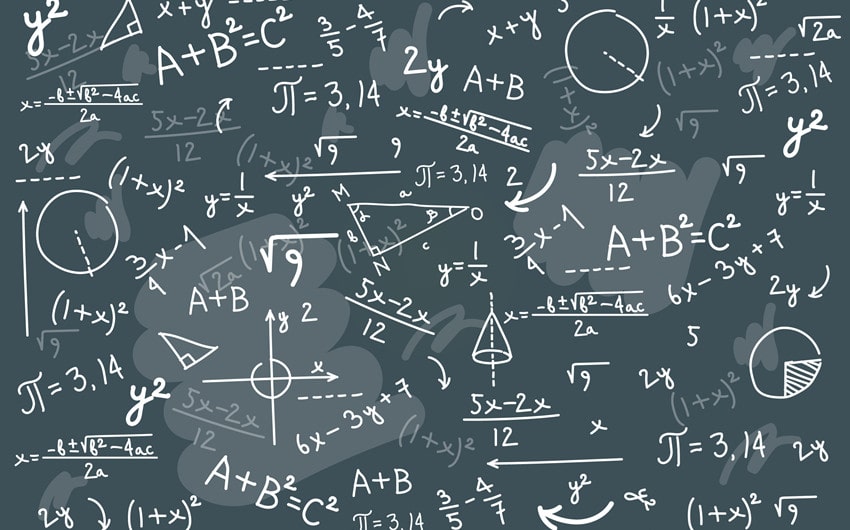AI in Math Higher Education: Transforming Math Courses
Mathematics—the cornerstone of logic, structure, and analytical thought—has long relied on rigorous methodologies and deep cognitive engagement. The chalkboard once reigned supreme. Then came computers, mathematical software, and online courses. And now? Artificial Intelligence (AI) is taking center stage. The impact? Profound. From adaptive learning to automated theorem proving, AI is changing how math is taught, learned, and even conceptualized in higher education.
The Evolution: From Rote Learning to AI-Powered Exploration
Math education has traditionally emphasized memorization, procedural fluency, and logical reasoning. Students practiced, professors lectured, and exams measured their grasp of formulas and theories. Enter AI. The equation changes. AI-driven platforms such as Wolfram Alpha, Photomath, and DeepMind’s AlphaFold don’t just compute answers; they explain solutions, identify patterns, and adapt to individual learning needs.
Imagine a student struggling with differential equations. Instead of flipping through textbooks or waiting for office hours, they interact with an AI tutor. This could be an AI helper app that allows you to understand the equation step by step and offers several ways to solve it. Yes, AI homework helper math can be used simply to quickly solve equations.
But in reality, math AI offers a way out of the impasse that the student has reached while solving and suggests a way out or corrects the direction of thinking. AI can be both a tutor and an assistant. The AI tutor doesn’t get tired. It doesn’t lose patience. And it improves as more students use it.
Adaptive Learning: A Tailored Experience
No two students learn at the same pace. Some grasp linear algebra effortlessly; others wrestle with its abstract nature. Adaptive learning powered by AI means course material changes to match how each student is doing. It’s a more efficient way to learn. Imagine a class where the lessons get easier or harder depending on your understanding.
Consider Carnegie Learning’s AI-based math platform. Student work is monitored, errors are identified, and lesson difficulty is automatically adjusted based on student performance. This helps keep students challenged but not overwhelmed. The outcome? A personalized learning curve. Adaptive learning helps students learn 25% better than old-fashioned teaching methods. Research proves it!
Common mistakes? AI systems can identify them, and that’s in addition to the personalization features. If a significant percentage of students misapply L’Hôpital’s rule, the system flags it. Professors use new insights to improve their teaching styles. They make changes as needed.
Automated Assessment: Faster, Smarter, More Efficient
Grading math assignments? Time-consuming. Evaluating proofs? Even more so. Automated tools are changing how we assess learning; they don’t just grade answers, but analyze the thinking behind them.
For example, OpenAI’s GPT models can assess mathematical proofs, detecting logical inconsistencies and providing feedback. Large classes aren’t a problem for professors at places like MIT and Stanford anymore. They use AI to grade, keeping assessment quality high even with lots of students.
According to a recent National Center for Education Statistics study, AI can slash grading time by 60%. Teachers can use this extra time to focus on what truly matters: their students. AI is not replacing professors; it’s giving them more time to teach.
AI in Research: New Frontiers in Mathematical Discovery
Mathematics is advancing thanks to AI. It’s now a tool for making new breakthroughs. The insights DeepMind’s AI unearthed in knot theory and representation theory are a big deal. It accomplished this by tackling and solving some very difficult mathematical proofs. AI is not just solving equations; it’s proposing new ones.
Think topology and number theory – mathematicians are using artificial intelligence to delve into these high-level concepts. Automated theorem provers—for example, Lean and Coq—are invaluable. They help researchers by verifying proofs and generating potential new hypotheses for investigation. Humans and machines are collaborating; this is changing math as we know it. New discoveries are happening.
The Challenges: Not All Smooth Sailing
AI in math education is promising, but it’s not without challenges. Over-reliance on AI tools can hinder critical thinking. If students pass calculus by feeding problems into an AI solver, are they truly learning?
Then there’s the issue of accessibility. Not all institutions can afford sophisticated AI platforms. A 2023 survey found that only 35% of universities worldwide had fully integrated AI-driven learning tools into their curricula. The digital divide persists.
Ethical concerns also loom. AI systems collect vast amounts of student data. How is this data used? Who has access? Transparency in AI-driven education is crucial to maintaining student trust.
The Future: A Blended Model of AI and Human Instruction
What does the future hold? AI won’t replace human educators—it will augment them. Hybrid models combining AI-driven tutoring with traditional instruction will likely dominate. Professors will shift from knowledge dispensers to mentors, guiding students through AI-generated insights rather than routine problem sets.
Moreover, AI-powered virtual reality (VR) environments could revolutionize math education further. Imagine exploring a 4D hypercube in an immersive space, where AI generates interactive visualizations. Math won’t just be learned—it will be experienced.
Conclusion: A New Era in Mathematics Education
College is about to change drastically. Math classes are being transformed by AI. It’s a powerful new force. Imagine math class with automated grading and AI to help with research! That’s the reality for many students now, thanks to adaptive learning programs. It’s a big change. Personalized learning, increased efficiency, and a more exploratory approach to math—these are the benefits AI brings. It’s not perfect yet, but the future looks bright.
The numbers don’t lie. A 40% comprehension improvement is possible with AI math platforms; that’s what studies say. Universities investing in AI integration report higher student engagement and lower dropout rates. The effects are clear; the future is wide open.
Math education is no longer just about formulas on a board. Human and artificial intelligence: a powerful team pushing the limits of what we can do. The equation has changed. And higher education must solve for the future.







